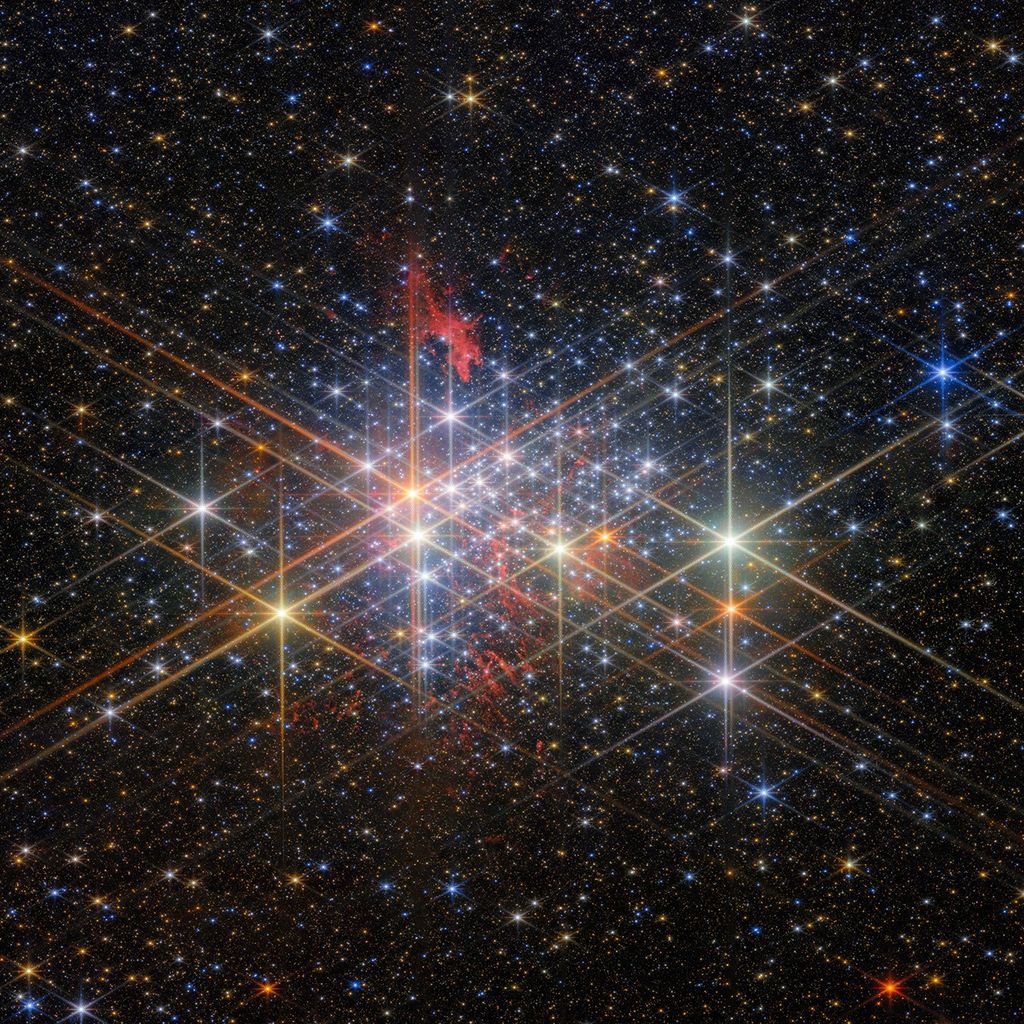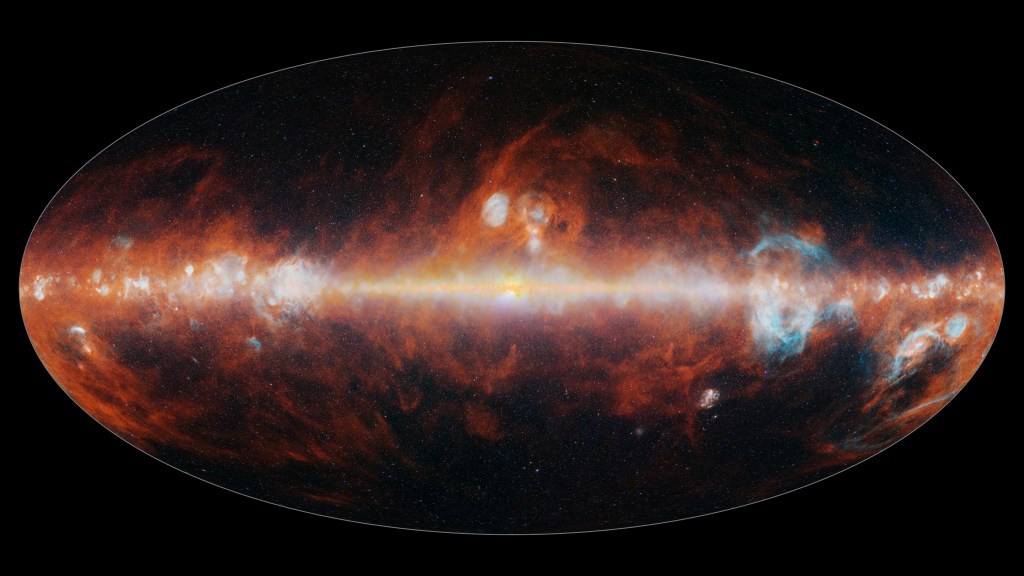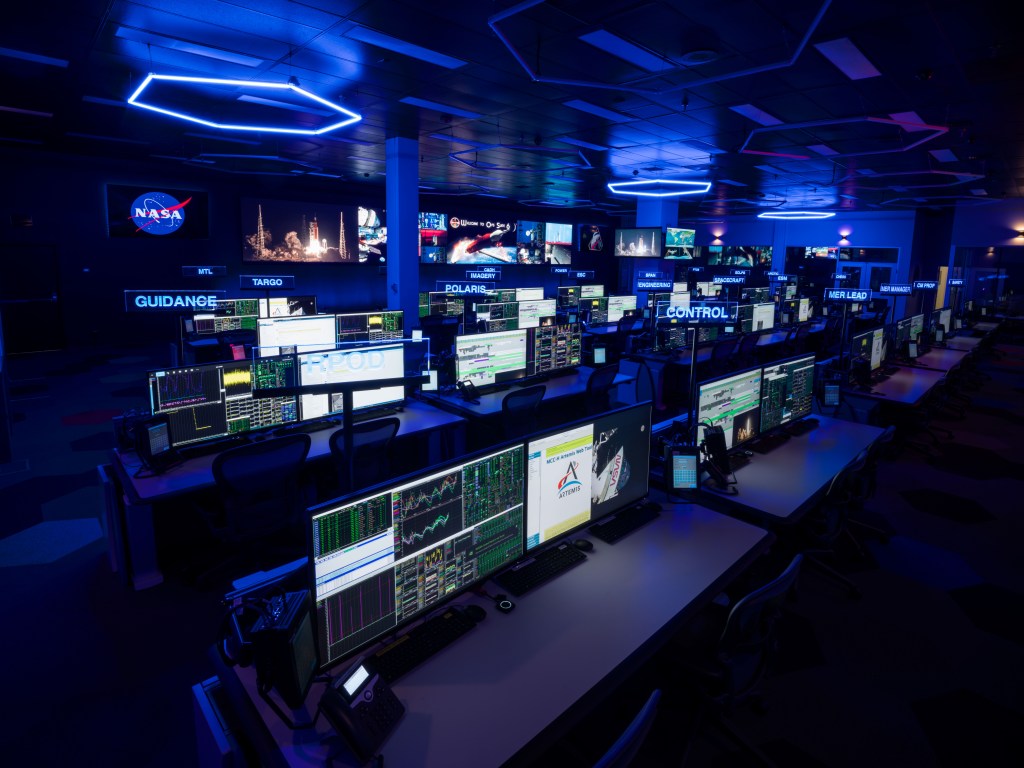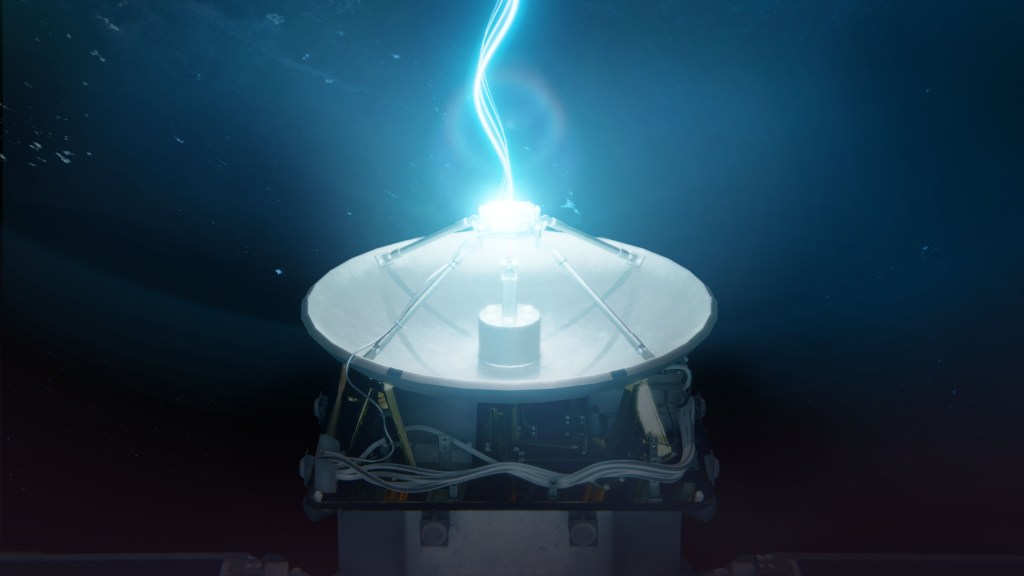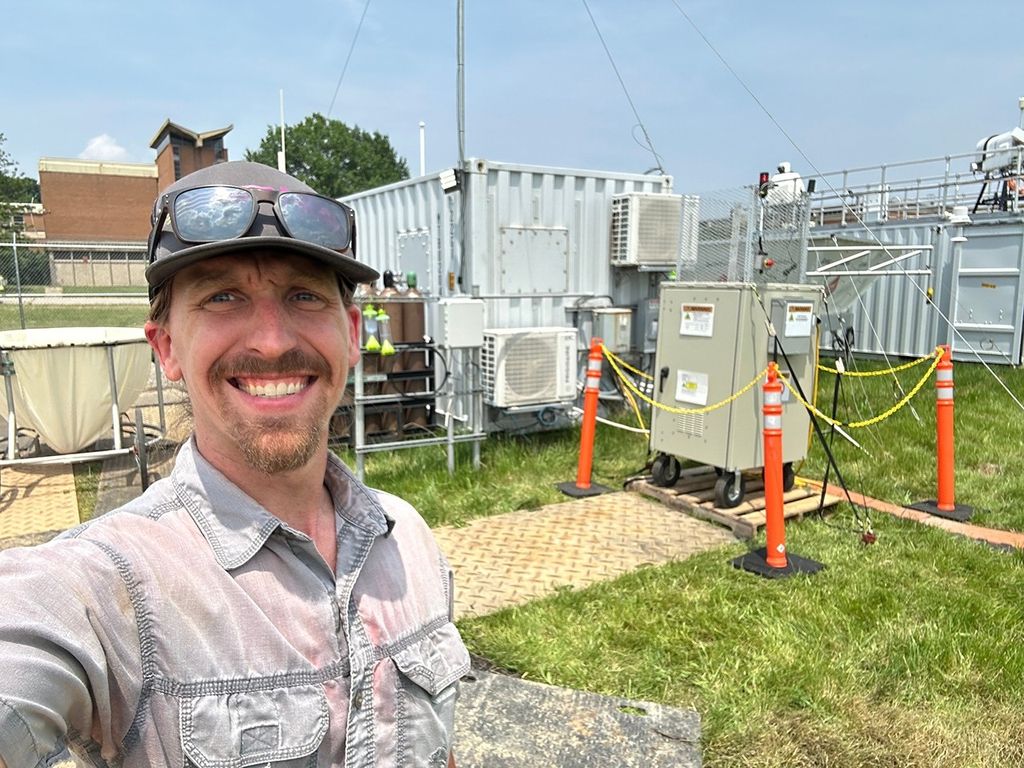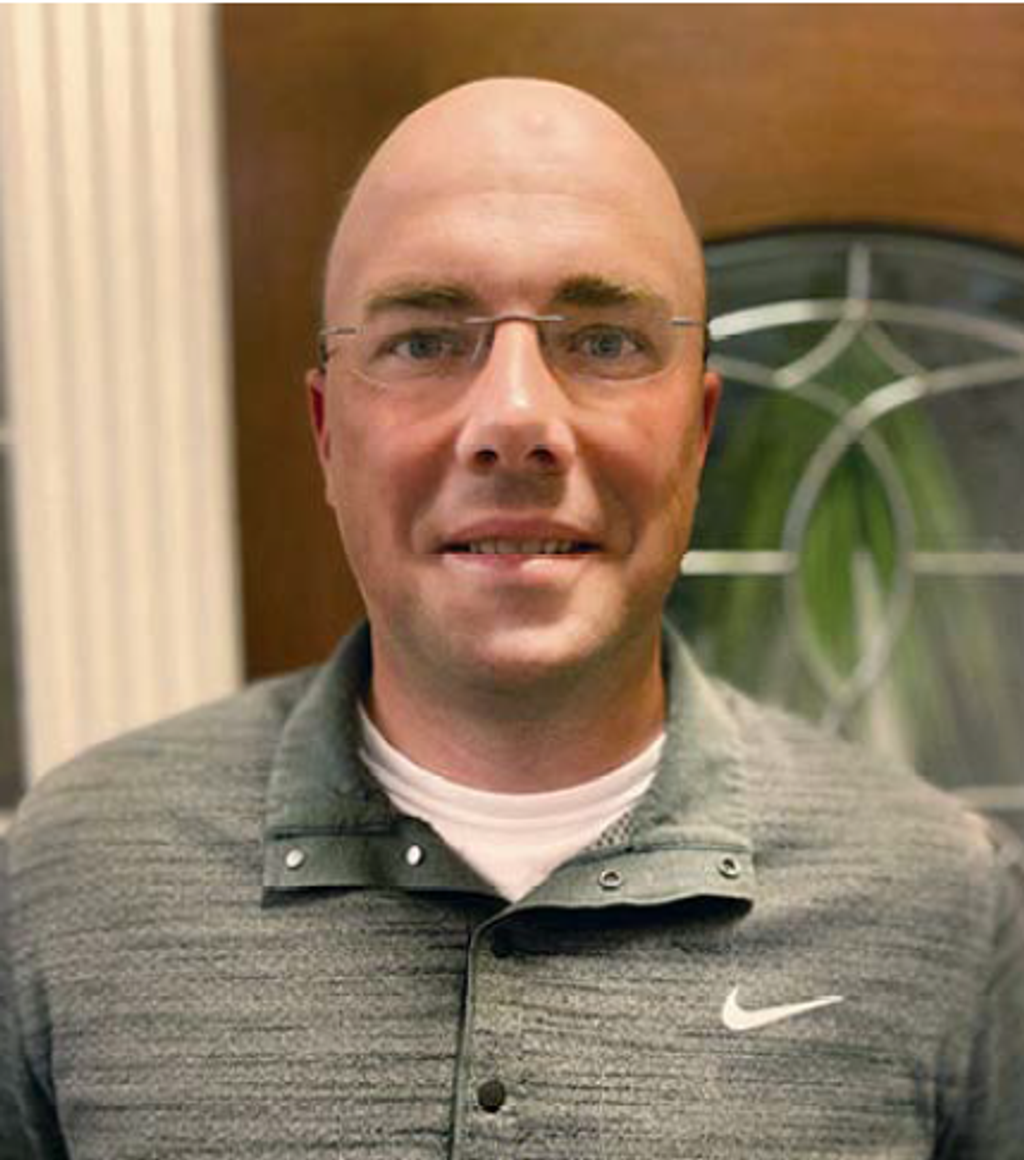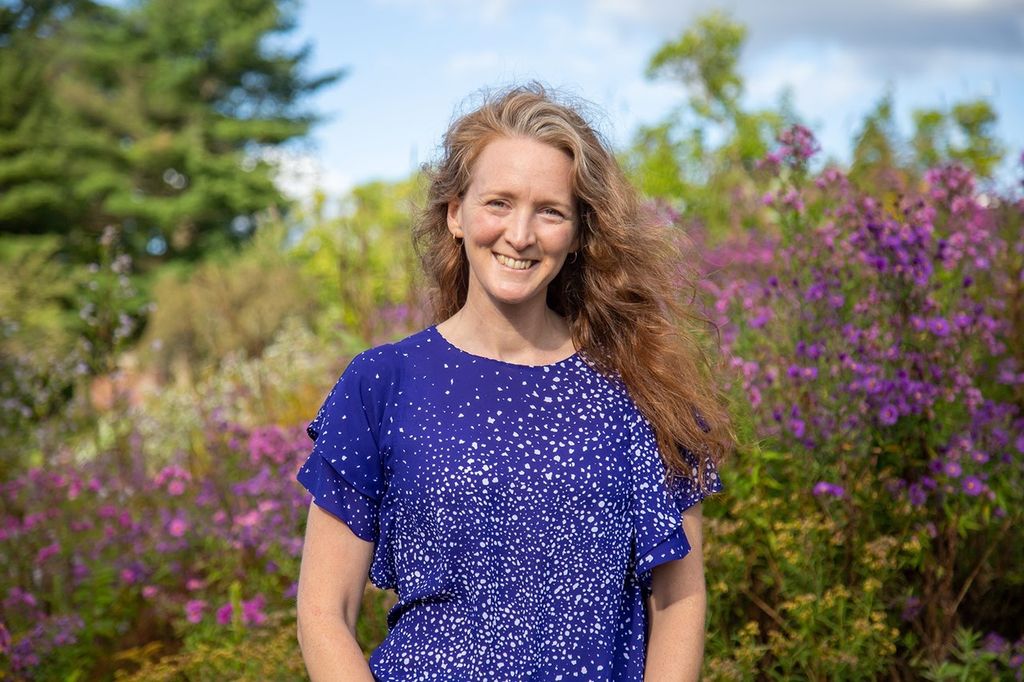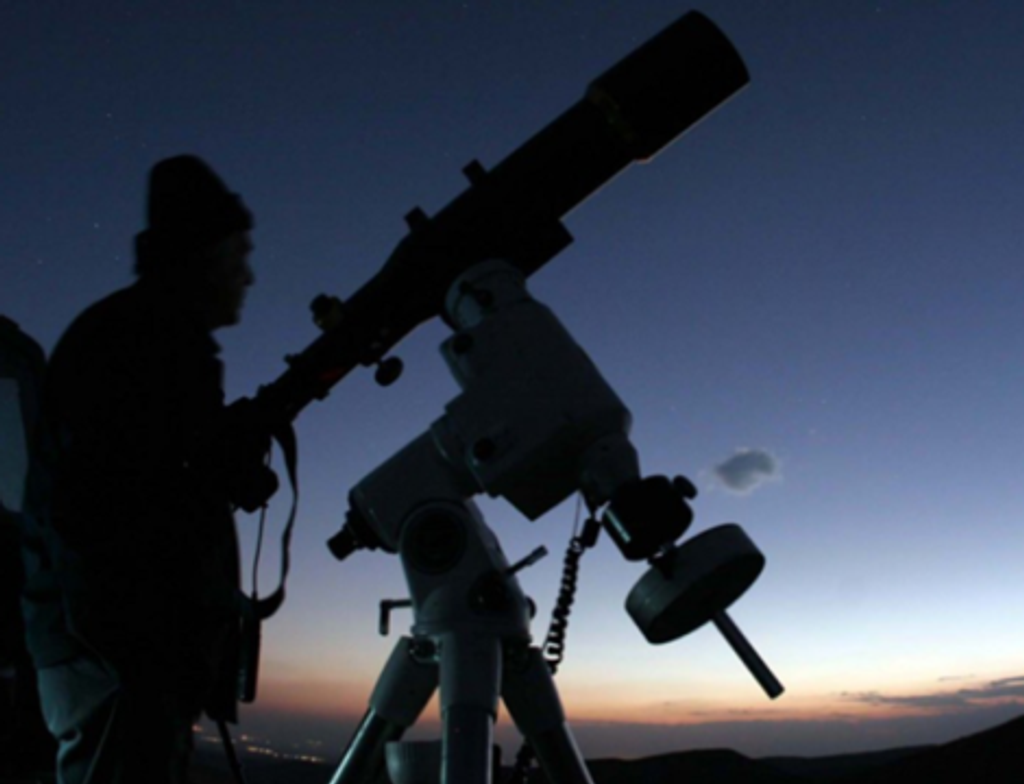
POC: Darlene Lim (Code SST)
The NASA SMD funded BASALT (Biologic Analog Science Associated with Lava Terrains) research program completed their third and final field deployment to Hawai`i Volcanoes National Park (HVNP). The BASALT program is a multi-year research effort dedicated to 1) Mars-relevant astrobiological field science investigations and 2) developing, implementing, and evaluating concepts of operations (ConOps) and supporting capabilities intended to enable and enhance human scientific exploration of Mars.
Our recent deployment to Hawai`i took place from November 1-21, 2017 and consisted of a series of ten science-driven extravehicular activities (EVAs) on strategically selected Mars-relevant volcanic flows. These research activities are unique to the NASA portfolio of analog missions in fully integrating real (non-simulated) science with Mars-forward operational research elements.
Science:
The BASALT team conducted scientific field studies that aimed to extend the volcanology and microbiology field sampling that has taken place in Craters of the Moon National Monument and Preserve, Idaho and other regions of HVNP in 2016. Specifically, the science targeted active and relict magmatic fumaroles to examine the relationship between meteoric (a condition sampled for in 2016) and magmatic influences on basalt alteration and associated microbial diversity. These science interests took the team to the Kilauea Iki and Keanakakoi regions of HVNP. Further to these baseline science activities, the BASALT team undertook some ‘get-ahead’ tasks in preparation for future proposal submissions. Specifically, the team was joined by Honeybee Robotics personnel to examine the possibility of sterile sampling into various basalt types. The analysis is now underway for both baseline and get-ahead 2017 science activities.
Operations & Capabilities Research:
All of the field science activities were conducted under simulated Mars mission conditions involving a crew of two EV (extra-vehicular) and two IV (intra-vehicular) members supported by a remote Mission Support Center (MSC) and Science Support Team (SST). The MSC and SST were separated both by space (~12km separation) and time with the latter being invoked through an imposed Mars-like communication latency of 5 minutes One-Way Light Time (OWLT) (10mins OWLT return) between the MSC/SST and the EV/IV crew. The BASALT team leveraged this science-driven mission set-up to test and evaluate a baseline set of Mars-relevant capabilities ranging from the Ames-MIT lead Minerva planning and time-lining software system, to portable field instruments (made accessible through SSERVI FINESSE funding), to various hardware configurations in support of remote science. The BASALT team also undertook a series of new initiatives that included testing and evaluation of VR/AR capabilities both during inter- and intra-EVA timeframes. The results of both our baseline and get-ahead 2017 operations research activities will be presented at the forthcoming 2018 IEEE Aerospace Conference and in various journal publications.
Outreach:
During the deployment, Darlene Lim gave an invited “After Dark in the Park” special presentation at the HVNP Visitor’s Auditorium. NASA Astronaut Stan Love, who was participating in the BASALT 2017 Hawai`i deployment, gave a colloquium at the University of Hawai`i, Hilo, Department of Astronomy. The BASALT team was featured on NPR news and made headlines with the Hawai` i Tribune Herald, among other news publications.
The BASALT research project is funded for 4-years through a NASA SMD P-STAR grant to Dr. Darlene Lim (BAERI/Code SST). The team just completed a full debrief of our 2017 research activities on December 1, 2017. A full list of participants across our multi-disciplinary team can be found at https://spacescience.arc.nasa.gov/basalt/


